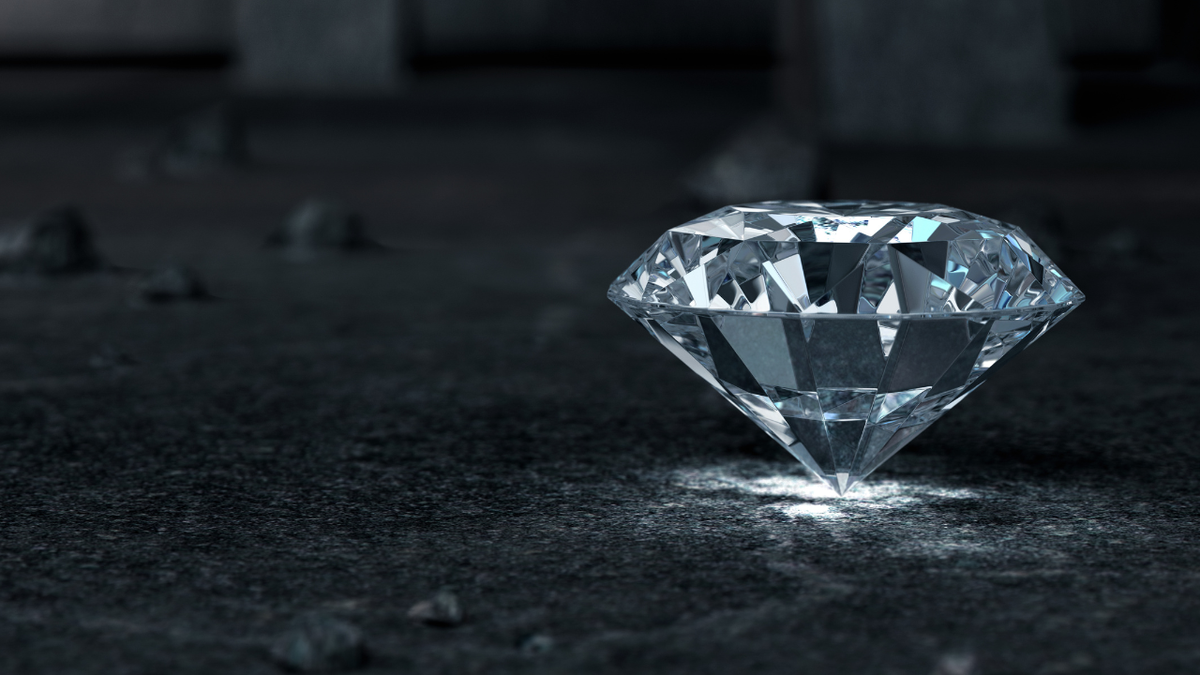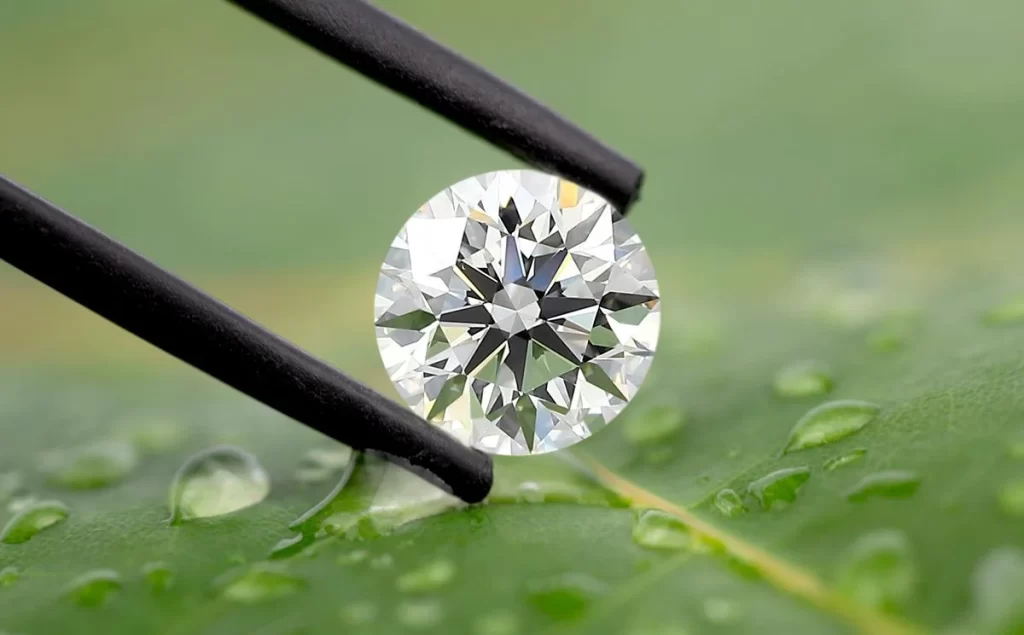Lab-grown diamonds, also known as cultured or synthetic diamonds, have been gaining significant attention as a more sustainable and ethical alternative to mined diamonds. These gemstones are not only identical to their natural counterparts in terms of chemical composition, physical appearance, and optical properties but also offer a range of benefits and some challenges that are reshaping the diamond industry.

Page Contents
The Creation Process
Lab-grown diamonds are produced through two primary methods: High Pressure High Temperature (HPHT) and Chemical Vapor Deposition (CVD). The HPHT method mimics the natural geological processes by exposing carbon to high pressure and high temperature to form a diamond. The CVD process, on the other hand, involves placing a small diamond seed in a chamber filled with carbon-rich gases, which are then heated until the gases break down and carbon atoms accumulate on the diamond seed, growing it layer by layer.
Advantages of Lab-Grown Diamonds
- Environmental Sustainability: One of the most significant benefits of lab-grown diamonds is their reduced environmental impact. Traditional diamond mining is incredibly resource-intensive and ecologically invasive, involving extensive land and water use, which can lead to soil erosion, deforestation, and ecosystem disruption. In contrast, growing diamonds in a lab setting drastically reduces this environmental footprint.
- Ethical Assurance: Lab-grown diamonds offer a conflict-free alternative to natural diamonds, which have often been marred by issues related to the funding of conflict and unethical labor practices. Synthetic diamonds provide consumers with peace of mind, knowing their purchase has not contributed to human rights abuses.
- Cost-Effectiveness: Producing diamonds in a laboratory setting is generally less expensive than mining them from the earth. This cost-saving can be passed on to consumers, making diamonds more accessible to a broader audience.
- Quality and Variety: Lab-grown diamonds can be produced with fewer impurities and defects than natural diamonds. Furthermore, the technology allows for the creation of rare colored diamonds, which are naturally scarce and extremely expensive, at a fraction of the cost.
Challenges of Lab-Grown Diamonds
- Energy Consumption: While lab-grown diamonds have a smaller environmental footprint than mined diamonds, they still require significant amounts of energy, particularly for the HPHT process. The sustainability of synthetic diamonds depends heavily on the source of this energy.
- Market Perception and Value: Lab-grown diamonds often face skepticism regarding their authenticity and value compared to natural diamonds. Although chemically identical, the perception that synthetic diamonds are ‘less real’ can affect their resale value and acceptance in the luxury goods market.
- Regulatory and Labeling Challenges: There is ongoing debate within the jewelry industry about labeling and marketing standards for lab-grown diamonds. Ensuring consumers are fully aware of what they are purchasing requires clear, regulated labeling practices.

Lab-grown diamonds represent a revolutionary step in the jewelry industry, offering a more sustainable and ethical choice for consumers. As technology advances and awareness grows, these diamonds are likely to become a mainstay in the market, providing an alternative that aligns with modern values of environmental stewardship and social responsibility. Their continued acceptance will depend on overcoming challenges related to energy use, market perception, and regulation. As the industry evolves, lab-grown diamonds hold the promise of making beautiful, durable gemstones accessible to everyone while protecting our planet.
The Pros and Cons of Lab-Grown Diamonds
Lab-grown diamond, also known as synthetic or cultured diamonds, offer a modern alternative to natural diamonds. Created in controlled laboratory environments using advanced technological jpslot processes, these diamonds replicate the physical and chemical properties of their mined counterparts. Despite their growing popularity, the production and use of grown diamonds come with a set of advantages and disadvantages that are important for consumers to understand.
Advantages of Lab-Grown Diamonds
- Ethical and Sustainable Production: One of the most significant benefits of lab-grown diamonds is their ethical sourcing. Unlike natural diamonds, which can be associated with conflict zones and often involve harsh labor conditions, lab-grown diamonds are produced without such ethical concerns. Additionally, the environmental impact of extracting diamonds through mining is considerable, involving extensive land disruption and resource usage. grown diamonds minimize these impacts, providing a more sustainable option.
- Cost-Effectiveness: Lab-grown diamonds generally cost less to produce than mining natural diamonds, leading to lower prices for consumers. This price difference makes diamonds accessible to a broader audience, allowing buyers to purchase larger or higher-quality gemstones for the same price as smaller natural stones.
- Quality and Purity: The controlled conditions of a laboratory environment can produce diamonds with fewer impurities and defects. Manufacturers can also produce diamonds of various colors and clarities, which might be rare and extremely expensive when mined naturally.

Disadvantages of Lab-Grown Diamonds
- Energy Consumption: Despite their reduced environmental impact in terms of mining, the production of grown diamonds is not without ecological cost. The processes used, particularly High Pressure High Temperature (HPHT), require significant amounts of energy. The sustainability of grown diamonds depends heavily on the source of this energy, which if non-renewable, could diminish some of their environmental benefits.
- Market and Resale Value: Lab-grown diamonds typically have lower resale values compared to natural diamonds. This is partly due to market perception, as some consumers still value natural diamonds higher due to their rarity and the romanticism associated with them. As a result, grown diamonds might not be considered as prestigious or as good an investment as natural diamonds.
- Lack of Unique History: Each natural diamond has a unique story about how it was formed over billions of years and found its way from deep within the Earth to a jewelry store. This history adds an element of romance and uniqueness to natural diamonds that lab-grown diamonds cannot replicate, which can be a significant drawback for some buyers.
Conclusion
Lab-grown diamonds present a compelling alternative to natural diamonds by offering ethical, sustainable, and affordable options. However, considerations regarding energy consumption, resale value, and the lack of natural history should be taken into account by consumers making a purchase decision. As technology advances and societal values continue to evolve, the perception and valuation of lab-grown diamonds may also change, potentially increasing their acceptance and popularity in the luxury goods market.
Read More Article About “Homemade Treats: Elevating Comfort Food with Personal Touch“












